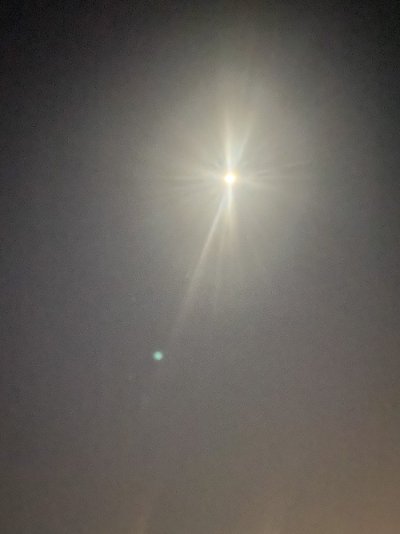Oh tha k you millticket i was very interested in reading that you might have to post that again for me as i seem to forget things here and there lolAbsolutely; Thanks @WWC for the guide!
How To Glue Coral Frags to Rocks the Right Way
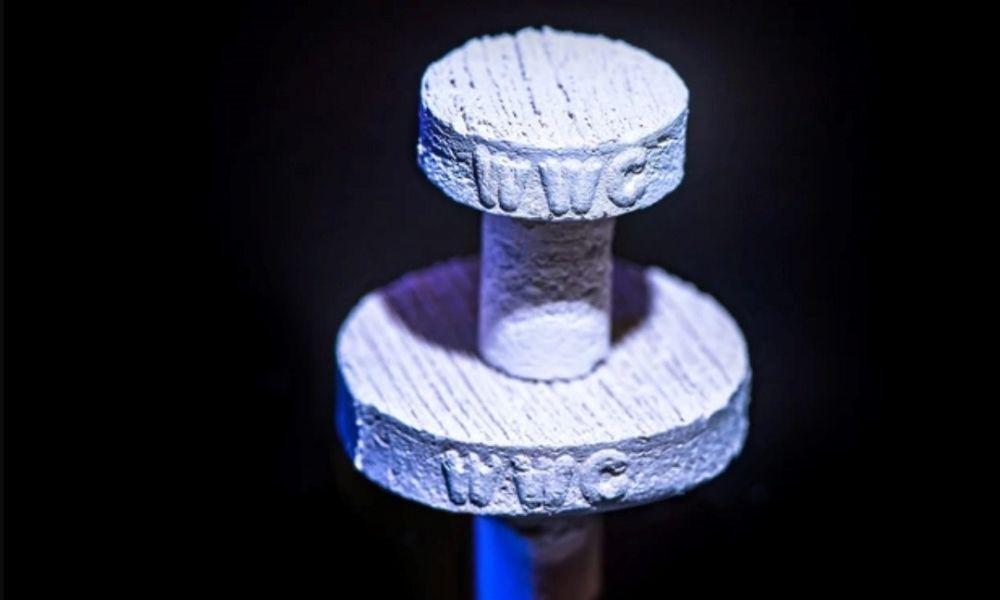
Introducing your first few coral fragments to your reef tank is one of the most exciting parts of doing your own build. With seemingly endless possibilities for arranging and rotating the fragments, you can make this display your own in a lot of ways. However, when it comes to securing these specimens to your live rock, even experienced hobbyists can experience some difficulty. This is how to glue coral frags to rocks the right way and ensure your marine life looks its best.
Clean the Area Prior to Placing the Coral
If your corals frequently detach themselves from your live rock, this could be because you forgot to clean the area. During the time you spend regulating your tank, algae often begins forming over the surface of your live rock. This substance can make it difficult for the glue to properly cure to the rock, which makes it easy for the coral to dislodge. For this reason, it’s important that you clean the section of rock where you want to place your frag by blowing the area with pressurized water and brushing away the debris.
Acquire a Strong Superglue and Epoxy Putty
Next, make sure you’re using quality adhesive products for this task. Saltwater can be highly corrosive, so you’ll need to use materials designed to withstand some of the toughest conditions. Tank builders often recommend using a gel-based superglue as well as a water-resistant epoxy putty. Using both together is crucial to creating a quality seal within the rock and raising your success rate.
Trim Your Frag Plug
When purchasing your corals, you probably noticed they were affixed to a small, plug-shaped piece. This is the section of the frag to which you’ll apply your glue and putty as well as the part that will be pushed flush with the live rock. However, since frag plugs tend to be a universal size, you may need to cut down the stalk if it doesn’t fit where you want to place it. This isn’t always the case, but it’s something to keep in mind as you plan out your aquascape.
Apply Glue and Putty to the Frag Plug
Then, in order to glue coral frags to rocks the right way, you’ll need to apply your glue and putty properly. First, make a ball of putty large enough to fill the gap in the live rock but small enough to limit the amount of excess left over. The putty will fill in any nooks and crevasses in the rock and create the seal. Apply glue to the plug, and stick the soft putty to it. Next, use more glue on top of the putty. Once you’ve completed these steps, press the plug into your desired position and let it cure.
At World Wide Corals, we know how frustrating it can be to have coral fragments constantly fall out of place and need to be reapplied. This is why we want to ensure that you not only have access to the corals you want, but also know how to make the most of them. From colorful, diverse chalice coral to easier-to-care-for soft corals, the technique outlined above can help you arrange all of them to your specifications.
Navigation
Install the app
How to install the app on iOS
Follow along with the video below to see how to install our site as a web app on your home screen.
Note: This feature may not be available in some browsers.
More options
You are using an out of date browser. It may not display this or other websites correctly.
You should upgrade or use an alternative browser.
You should upgrade or use an alternative browser.
World Wide Corals Tax Craze LIVE SALE! Up to 80% OFF!
Users Who Are Viewing This Thread (Total: 1, Members: 0, Guests: 1)
tem #
Description
Qty
YOUR-PICK-SHIP-UNIT
Live Sale Shipping Unit - Fri-Feb26
1
LSTC-47-67-556
WWC Awesome Rainbow Platygyra
1
LSTC-15-58-282
PPE Favia
1
LSTC-39-47-827
WWC Pumpkin Eater Chalice
1
LSTC-16-72-999
WWC Massacre Favia
1
LSTC-18-50-126
WWC Splatter Goniastrea
1
LSTC-23-47-842
WWC Bloodrayne Favia
1
LSTC-14-70-699
WWC Lemon Lime Favites
1
LSTC-42-54-943
Orange Ricordea Mushroom
1
LSTC-21-28-797
Lavender Duncan
1
LSTC-37-21-899
Demons Fire Torch
1
LSTC-23-26-442
WWC Lime Massacre Favia
1
LSTC-16-08-702
WWC Bejeweled Favites
1
LSTC-36-06-458
Sun Beam Branching Hammer
1
LSTC-38-21-816
Bicolor Branching Hammer
1
LSTC-15-50-046
WWC End Game Favia
1
LSTC-47-61-948
WWC Supreme Ultron Favia
1
LSTC-13-02-173
WWC Harvest Moon Psammocora
1
LSTC-38-04-772
Teal Branching Hammer
1
LSTC-35-14-128
Juicy Fruit Torch
1
LSTC-19-24-232
WWC Circus Aussie Lord
1
LSTC-48-84-402
WWC Agent Orange Echinata
1
LSTC-35-11-325
Super Sour Frogspawn
1
LSTC-42-11-590
Chilly Willy Ricordea Mushroom
1
LSTC-18-31-865
WWC Joker Platygyra
1
LSTC-20-38-622
WWC Orange Crush Mushroom
1
LSTC-13-14-489
WWC Honeysickle Lithophyllon
1
LSTC-42-10-540
Blueberry Fizz Ricordea Mushroom
1
LSTC-46-10-369
Nebula Bowerbanki
1
LSTC-15-23-064
WWC Cranapple Favia
1
LSTC-39-26-459
WWC Zombie Eye Chalice
1
LSTC-51-01-180
WWC Helios Acropora
1
LSTC-06-51-883
WWC Blow Pop Cyphastrea
1
LSTC-15-24-858
WWC Cranapple Favia
1
LSTC-46-08-741
Nebula Bowerbanki
1
LSTC-35-15-502
Dragon Soul Torch
1
LSTC-23-32-386
WWC Lime Massacre Favia
1
PCK-LS9PK
9 Coral Pack
1
GEAR-WWCSHADES
WWC Coral Viewing Glasses
1
LSTC-FF-TOW-SQ
Tax Craze Promo - Free Frag, Free WWC Squeegee and Free WWC Towel
1
3a064c 45p
1
Description
Qty
YOUR-PICK-SHIP-UNIT
Live Sale Shipping Unit - Fri-Feb26
1
LSTC-47-67-556
WWC Awesome Rainbow Platygyra
1
LSTC-15-58-282
PPE Favia
1
LSTC-39-47-827
WWC Pumpkin Eater Chalice
1
LSTC-16-72-999
WWC Massacre Favia
1
LSTC-18-50-126
WWC Splatter Goniastrea
1
LSTC-23-47-842
WWC Bloodrayne Favia
1
LSTC-14-70-699
WWC Lemon Lime Favites
1
LSTC-42-54-943
Orange Ricordea Mushroom
1
LSTC-21-28-797
Lavender Duncan
1
LSTC-37-21-899
Demons Fire Torch
1
LSTC-23-26-442
WWC Lime Massacre Favia
1
LSTC-16-08-702
WWC Bejeweled Favites
1
LSTC-36-06-458
Sun Beam Branching Hammer
1
LSTC-38-21-816
Bicolor Branching Hammer
1
LSTC-15-50-046
WWC End Game Favia
1
LSTC-47-61-948
WWC Supreme Ultron Favia
1
LSTC-13-02-173
WWC Harvest Moon Psammocora
1
LSTC-38-04-772
Teal Branching Hammer
1
LSTC-35-14-128
Juicy Fruit Torch
1
LSTC-19-24-232
WWC Circus Aussie Lord
1
LSTC-48-84-402
WWC Agent Orange Echinata
1
LSTC-35-11-325
Super Sour Frogspawn
1
LSTC-42-11-590
Chilly Willy Ricordea Mushroom
1
LSTC-18-31-865
WWC Joker Platygyra
1
LSTC-20-38-622
WWC Orange Crush Mushroom
1
LSTC-13-14-489
WWC Honeysickle Lithophyllon
1
LSTC-42-10-540
Blueberry Fizz Ricordea Mushroom
1
LSTC-46-10-369
Nebula Bowerbanki
1
LSTC-15-23-064
WWC Cranapple Favia
1
LSTC-39-26-459
WWC Zombie Eye Chalice
1
LSTC-51-01-180
WWC Helios Acropora
1
LSTC-06-51-883
WWC Blow Pop Cyphastrea
1
LSTC-15-24-858
WWC Cranapple Favia
1
LSTC-46-08-741
Nebula Bowerbanki
1
LSTC-35-15-502
Dragon Soul Torch
1
LSTC-23-32-386
WWC Lime Massacre Favia
1
PCK-LS9PK
9 Coral Pack
1
GEAR-WWCSHADES
WWC Coral Viewing Glasses
1
LSTC-FF-TOW-SQ
Tax Craze Promo - Free Frag, Free WWC Squeegee and Free WWC Towel
1
3a064c 45p
1
- Joined
- Feb 8, 2020
- Messages
- 802
- Reaction score
- 607
I agree! We have the best group of folks here! We are already talking about what we could possibly do at page 800.

But Wait!!! They have another great write up about inverts! Those guys @WWC think of everything!!Oh tha k you millticket i was very interested in reading that you might have to post that again for me as i seem to forget things here and there lol
Top Invertebrates for Your Reef Aquarium
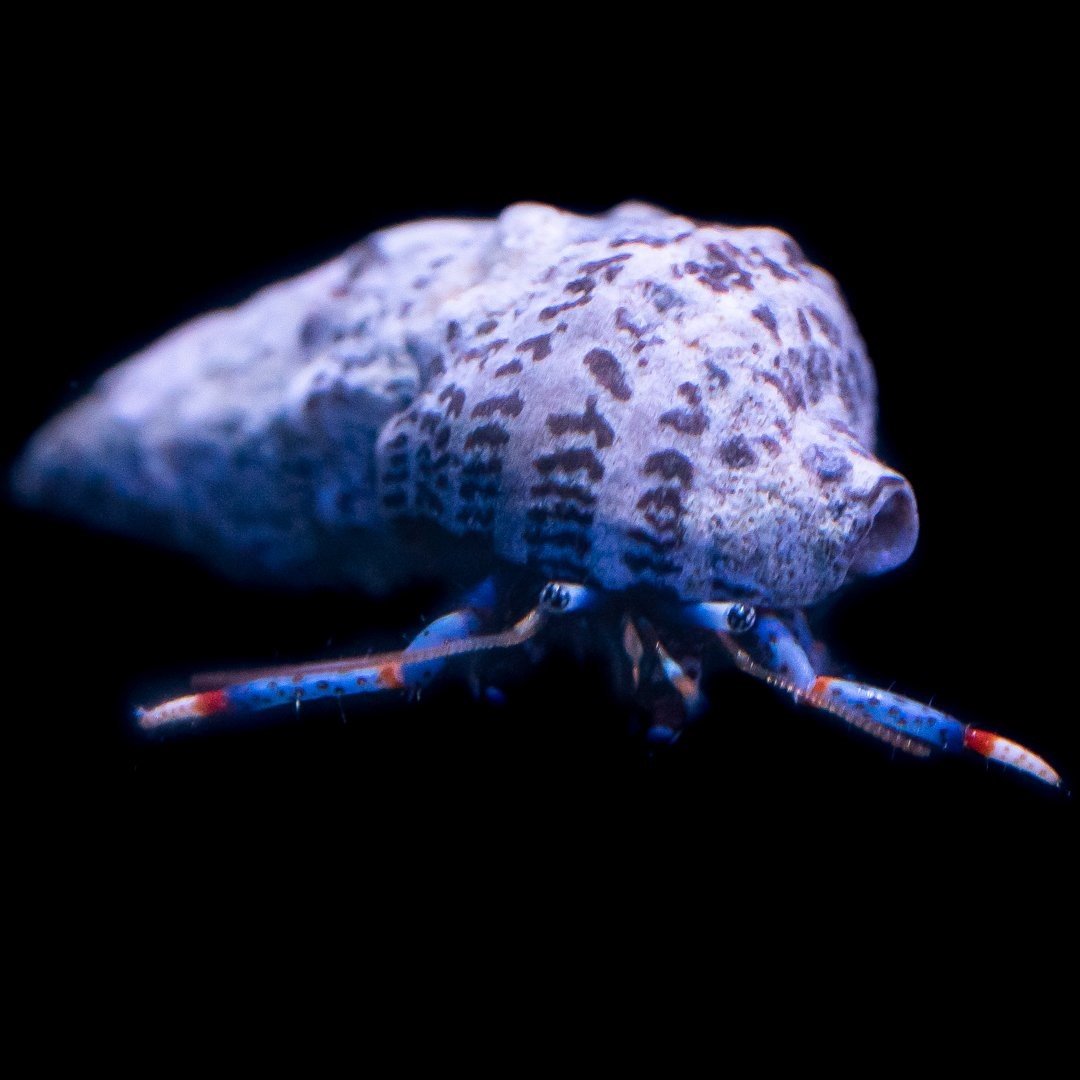
As crucial as your corals, fish, and marine plants are to creating the perfect saltwater aquarium, a setup isn’t complete without the proper cleaning crew. Tank invertebrates are responsible for consuming phytoplankton and parasites within an ecosystem, controlling the growth of things such as bacteria and algae. However, certain species could actually destroy your specimens if you aren’t careful, so make sure you’re only using the top invertebrates for your reef aquarium.
Blue Leg Hermit Crab
Identified by their bright, blue-tipped legs, the blue-leg hermit crab is one of the best creatures for removing any hair algae or detritus forming in your tank. Maneuvering along rocks and the sand bed, they pick out these particles and consume them, cutting down the rate at which you’ll need to clean your tank. It’s important to note, though, that these creatures can become territorial when they’re searching for new shells to inhabit. As such, it’s recommended that you plant a few empty ones in the tank to limit this aggression.Scarlet Cleaner Shrimp
The scarlet cleaner shrimp is also a highly beneficial specimen to keep in your tank. With its yellow body and stunning red streak along its back, it’s a fascinating sight to behold alongside your bright fish and corals. It’s also particularly fond of eating parasites and the dead skin tissue off your fish, making it a great resource for maintaining your fish’s overall health.Emerald Crab
Another top invertebrate for your reef aquarium is the emerald crab. Small and bright green in color, these crabs are great at scavenging for food along the bottom of the tank as well as picking apart films of algae. Most of their diet consists of waste products from other organisms in the aquarium, and they’re typically very docile with little impact on the surrounding ecosystem.Sand-Sifting Starfish
Starfish are often the most sought-after invertebrates of them all—particularly the sand-sifting starfish. This is because they’re very effective cleaners. These specimens will typically cling to the glass of your tank and feed on algae or burrow into the sand bed and stir up other sources of sustenance. They’re considered some of the most thorough members of a cleaning crew, and they’re simply a pleasure to own.To find the best invertebrates for your saltwater aquarium, reach out to World Wide Corals. We offer a wide variety of marine tank invertebrates, all of which are reef-safe and thorough in their cleaning efforts. So, you won’t need to worry as often about controlling the growth of algae in your tank.
Oh and heres my cousins xenia musaabi lol

Trying to lure WWC with the perfect bait huh.DID you KNOW? @WWC
In addition to our outstanding selection of live coral and invertebrates, we also provide professional aquarium services to keep your coral, fish, and invertebrates healthy and happy. Whether you want aquarium maintenance in Orlando to keep your tank in great condition or need installation of a brand-new aquarium, our experienced team of experts can help you get it done. We can install and maintain aquariums of any size. Learn more about our design, installation, and maintenance services for aquariums in Orlando below or contact us for more information and a free quote.


I ran so fastSo @CoralLovers said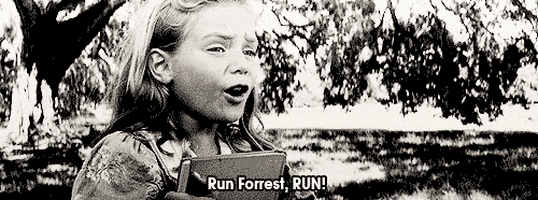
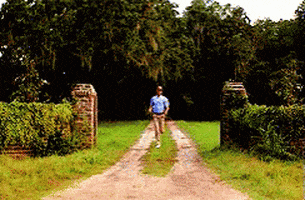
Bruh id be so mad xD!I'm hoping 800=75

Awful lolOh and heres my cousins xenia musaabi lol
Trying to lure WWC with the perfect bait huh.


I knew it!

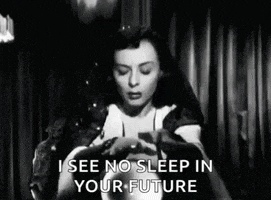
But @panathinaikos55 was made I got his AOI so he hatched an evil planWhen @WWC asked where I ran to I said
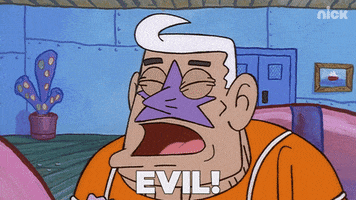
- Joined
- Mar 23, 2018
- Messages
- 182
- Reaction score
- 234
Can I sleep in the parking lot tonight so I can see the look on their faces when we reach 800?
You may be asking yourself... why do we love @WWC ... welp they've got an answer for that!
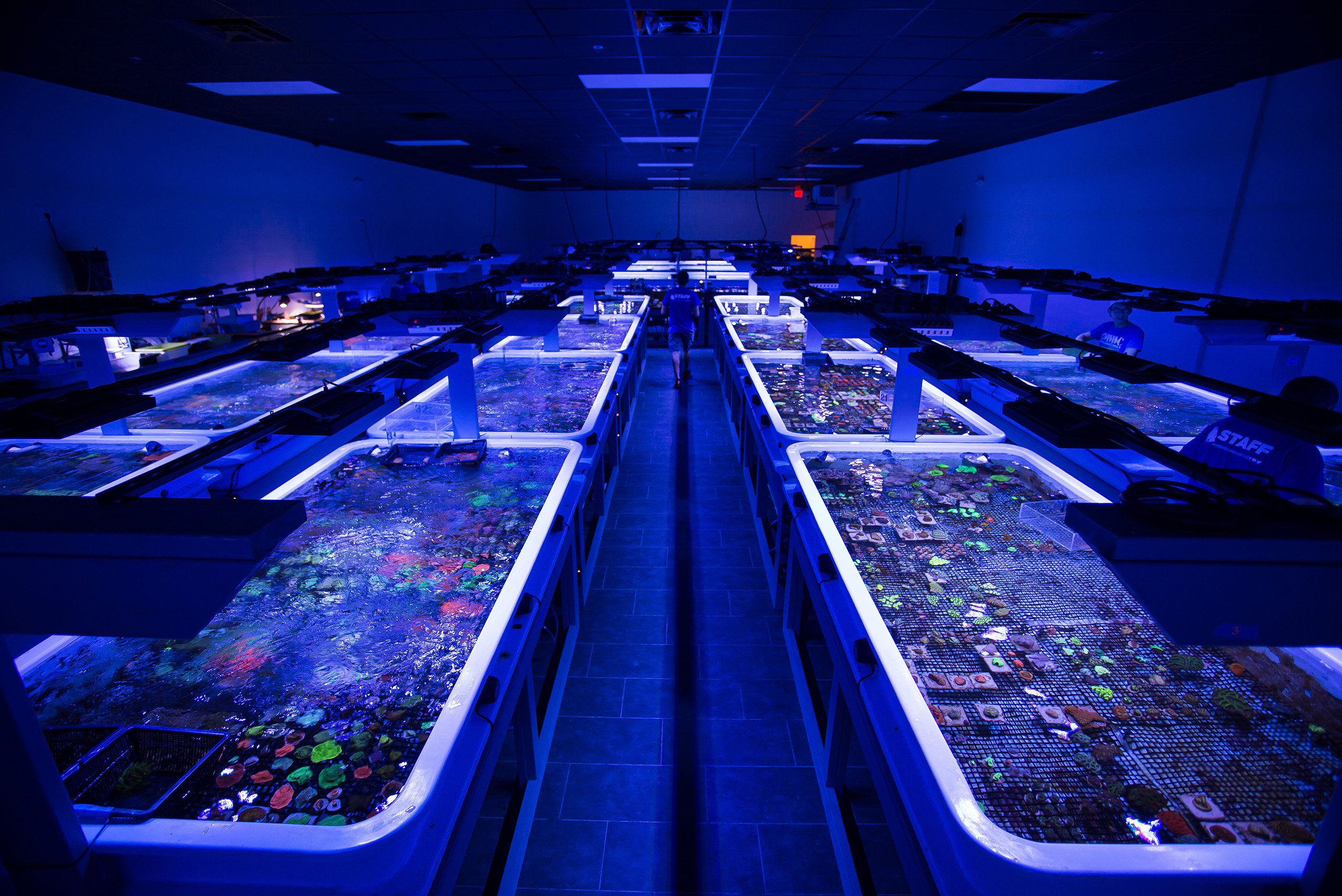
Coral reefs are some of the most beautiful organisms on Earth. With their mystifying shapes and unique blends of colors, they’re sought after by saltwater aquarium owners and suppliers alike. Unfortunately, the natural reefs are fragile and susceptible to damage from both climate change and human interference. As such, conservation methods are taking place to reduce the impact on the wild coral reefs and preserve them for generations to come. This is what coral aquaculture is and how it’s benefiting nature and our saltwater tanks’ ecosystems.
Coral aquaculture is also often used by coral suppliers to keep a more sustainable supply available for purchase. While it takes more time and commitment to aquaculture corals rather than simply cut them, this process allows them to grow future generations of colonies and preserve the environment.
Because they’re more accustomed to the artificial tank lighting, these corals are also better at retaining their beautiful colors when transitioned to a new tank. This makes them more likely to survive through strenuous shipping procedures and arrive at a customer’s door intact.
If you’re looking for a chance to preserve some of these breath-taking specimens in your own home, reach out to World Wide Corals. Unlike many other coral suppliers—who ship coral frags as they’re harvested from the wild—our collection of saltwater corals is grown into new colonies before being separated. In selling these aquaculture corals, we aim to provide your saltwater tanks with durable and beautiful corals while helping to sustain the ocean reefs.
What is Coral Aquaculture: Its Benefits and Importance

Coral reefs are some of the most beautiful organisms on Earth. With their mystifying shapes and unique blends of colors, they’re sought after by saltwater aquarium owners and suppliers alike. Unfortunately, the natural reefs are fragile and susceptible to damage from both climate change and human interference. As such, conservation methods are taking place to reduce the impact on the wild coral reefs and preserve them for generations to come. This is what coral aquaculture is and how it’s benefiting nature and our saltwater tanks’ ecosystems.
What Coral Aquaculture Does
Coral aquaculture is the process of cultivating and growing coral to conserve reef life. It involves extracting coral larva or pieces of living coral from a larger reef and placing them in a controlled environment where they can thrive. This process has minimal impact on the environment and allows more coral to be produced at once.Coral aquaculture is also often used by coral suppliers to keep a more sustainable supply available for purchase. While it takes more time and commitment to aquaculture corals rather than simply cut them, this process allows them to grow future generations of colonies and preserve the environment.
The Benefits of Commercial Aquaculture
Though commercial aquaculture is a great way to maintain a steady supply of coral while caring for the wild reefs, these aren’t the only benefits to the process. In fact, corals grown in controlled environments can be adapted to handle the harsher conditions in an aquarium. It’s for this reason that cultured corals are often hardier and easier to care for than those transferred from the wild.Because they’re more accustomed to the artificial tank lighting, these corals are also better at retaining their beautiful colors when transitioned to a new tank. This makes them more likely to survive through strenuous shipping procedures and arrive at a customer’s door intact.
If you’re looking for a chance to preserve some of these breath-taking specimens in your own home, reach out to World Wide Corals. Unlike many other coral suppliers—who ship coral frags as they’re harvested from the wild—our collection of saltwater corals is grown into new colonies before being separated. In selling these aquaculture corals, we aim to provide your saltwater tanks with durable and beautiful corals while helping to sustain the ocean reefs.
I should
Similar threads
- Replies
- 764
- Views
- 73,017
- Replies
- 4,313
- Views
- 447,666
- Replies
- 1,072
- Views
- 100,564
- Replies
- 3,178
- Views
- 50,260
- Replies
- 838
- Views
- 15,277



